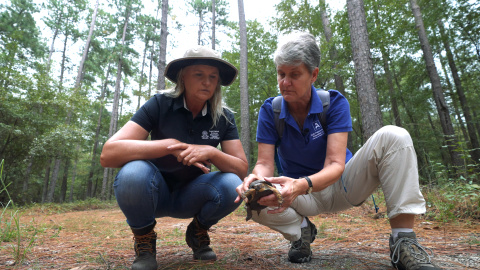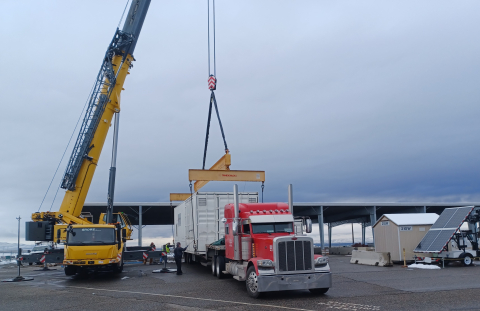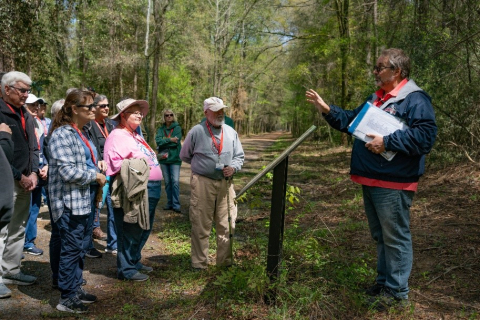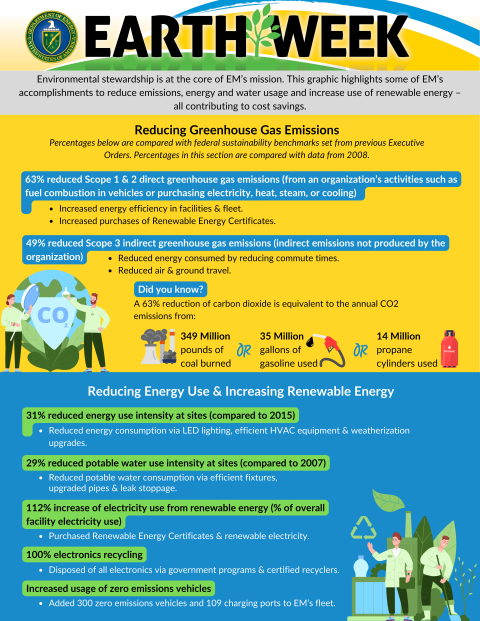RSS











Small Business Program managers from the One Hanford team recently hosted the 17th annual Bridging Partnerships Small Business Symposium.

A U.S. Department of Energy Office of Environmental Management (EM) contractor at the Idaho National Laboratory (INL) Site recently helped make a long-held community-wide Earth Day celebration a reality for families in a southeastern Idaho community.

The Savannah River Site (SRS) is now sharing its vast forests with students as young as kindergarteners throughout the world, thanks to recently reintroduced virtual field trips.

Shadowing their parents at work, the children of U.S. Department of Energy (DOE) Office of Environmental Management (EM) employees joined more than 400 DOE participants in the National Take Your Child to Work Day on April 25

Workers at the U.S. Department of Energy Office of Environmental Management’s (EM) Waste Isolation Pilot Plant (WIPP) completed a lengthy checklist of projects ahead of schedule during the facility’s recent annual maintenance period.

The long-lost art of letter writing is linking the next generation of scientists and engineers with Savannah River Site (SRS) employees.

Crews at the Hanford Site received five truckloads of specialized equipment that will double Hanford’s capability to certify containers of transuranic waste to meet requirements for shipment to the Waste Isolation Pilot Plant (WIPP) in New Mexico for disposal.

The Savannah River Site (SRS), one of the U.S. Department of Energy (DOE) Office of Environmental Management (EM) cleanup locations, is marking the site’s history through walking tours of what was once Ellenton, South Carolina, a town displaced during the Cold War for construction of SRS.

The Analytical Laboratory team at the Hanford Site’s Waste Treatment and Immobilization Plant (WTP) recently began radiological testing to calibrate laboratory instruments and confirm procedures, a significant step toward future waste-treatment operations.

U.S. Department of Energy Office of Environmental Management (EM) sites across the country are taking steps to mitigate the impacts of climate change and reduce their carbon footprints.

